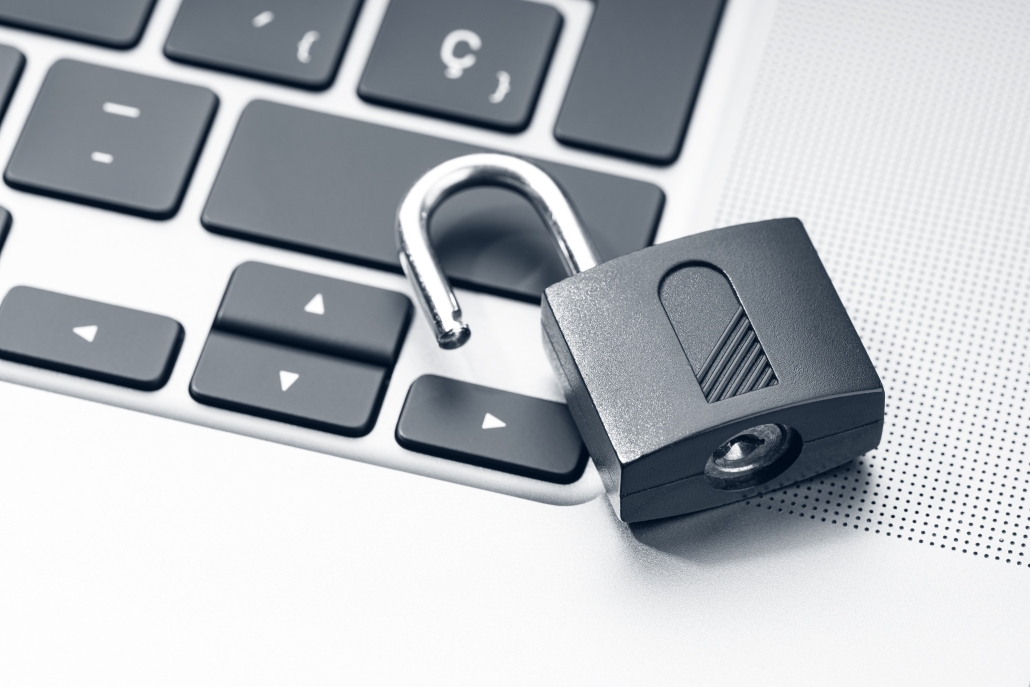Even the largest software companies in the world aren’t immune to cyberattacks. And with SAP, as one of the leading producers of business software utilized at many of the largest corporations around the globe, it’s no surprise that cybercriminals have these systems in their sights when going after a company.
By exploiting vulnerabilities found in SAP systems—be they software bugs, configuration errors, or other weak points that can be brute-forced—bad actors can carve a way into the most sensitive information a company holds. To say this will disrupt business as usual is an understatement; SAP systems can hold everything from personal customer information to corporate strategy and business plans. If this data is compromised or lost, it will throw a wrench in current business processes, require costly fixes, damage the company’s reputation, and possibly lead to significant fines or lawsuits. When an organization’s SAP system is attacked, it could also put other applications, systems, and departments at the company at risk of exposure due to how tightly integrated these functions are.
With such a huge trove of data behind the walls of SAP applications and their wide use among the top corporations, many cyber attackers focus much of their efforts on finding vulnerabilities in SAP software. There are myriad types of vulnerabilities—but just as many ways to mitigate them.

Here are some of the most common vulnerabilities found in SAP systems:
Denial of Service Vulnerability – DoS attacks are intended to overwhelm a system by sending an incredible amount of data or requests to a system, making it crash and unusable by regular, legitimate users.
Authorization Vulnerability – Misconfigured authorization protocols and poor role design can sometimes lead to vulnerabilities that allow cybercriminals to gain unauthorized access to company data and customer information, and in some cases even change protocols within the system itself, making it harder to stop the attack.
Code Injection Vulnerability – SQL injection and Remote Function Call (RFC) injection are two types of attacks that execute malicious code in a system like SAP which then makes it possible to access and steal sensitive data from a company and its customers, or even attack and debilitate normal business functions.
Authentication Vulnerability – Similar to authorization vulnerabilities, these types of vulnerabilities make it possible for bad actors to misrepresent their identity and trick the SAP system into thinking they should have access to the system and its data. This can happen when authentication systems are misconfigured or the users utilize shared credentials. It also can occur when a company doesn’t enforce the use of strong passwords for its critical systems.
These are only a handful of the most frequently attacked weak points some SAP systems have. Keeping pace with the latest innovations, updates, and security patches can allow a company to stay ahead of malicious attacks, and there are third-party tools that can automate that update process to save employee hours that would be spent doing it manually.
Fortunately, there are several measures that businesses can take to shore up defenses and keep SAP systems secure. To start, they can stay informed with the latest security advisories and ensure SAP systems are updated to the most current version and patches are kept up to date. Organizations can also monitor the news for new tactics being used by cybercriminals to gain access to systems. This will help create a plan for keeping SAP systems secure and addressing the most pressing vulnerabilities first.
Third-party security tools exist to help identify and protect SAP vulnerabilities and automate various parts of the cybersecurity process. These can empower company leaders to work SAP security into their strategic planning without taking time away from other important duties.
And finally, organizations need to be judicious when providing access to sensitive information to employees; operating on a need-to-know basis, since the more people that have access to data the more likely it is to be compromised. Strong access controls that are regularly reviewed will limit the potential avenues attackers may have into the system. Companies also need to revoke access for those who no longer need it, or have left a position, as an unused credential is just waiting for a malicious actor to come along and exploit it.
By reviewing current and potential vulnerabilities in a SAP system and making a plan for addressing them as soon as possible, organizations can head off cyberattacks and keep business proceeding forward as normal. The best way to deal with a cyberattack, after all, is to never let them in to begin with.







